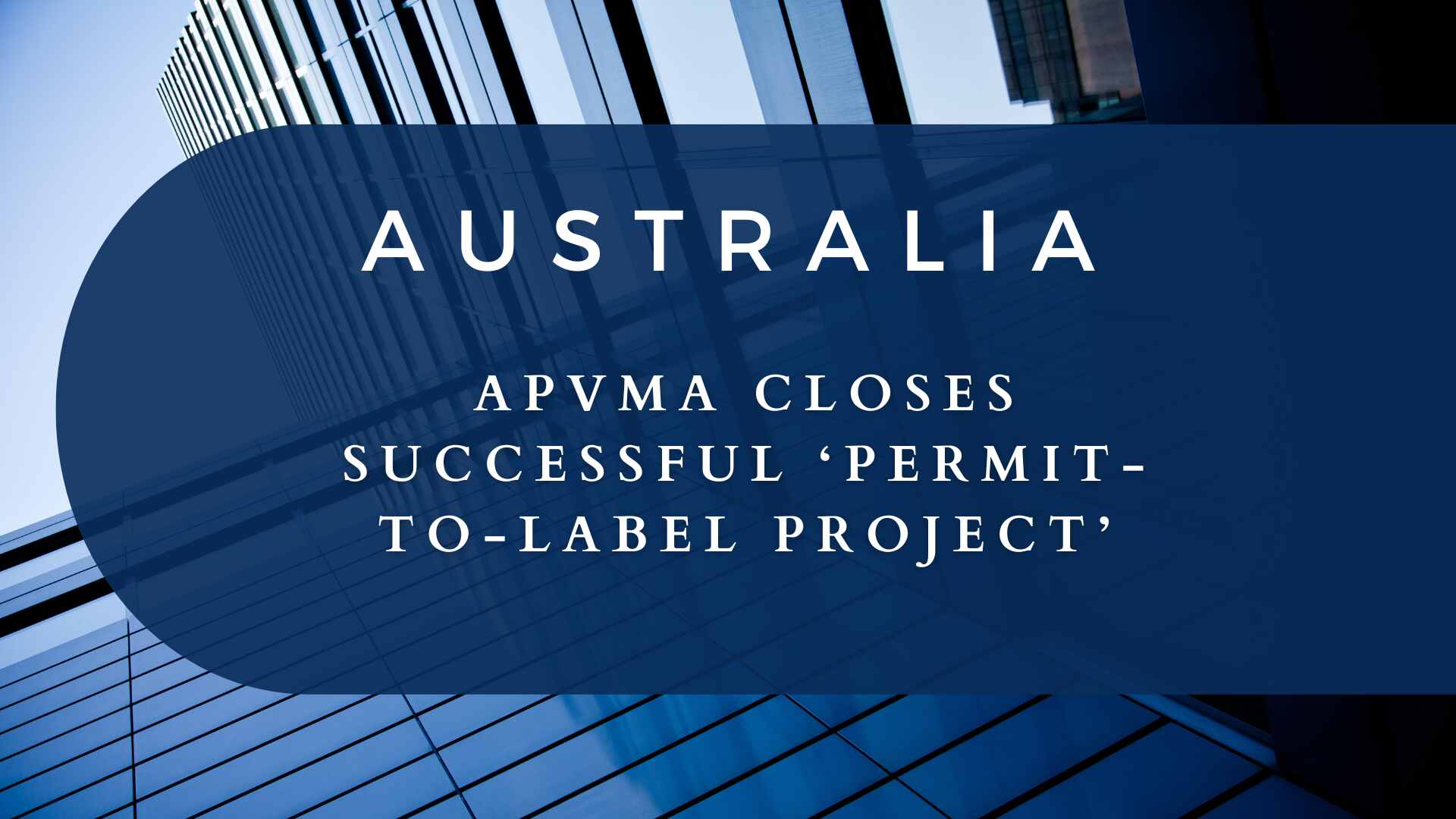What is the PRIO tool? The PRIO tool is one of the most popular sites on the Chemicals Inspectorate’s website, and it serves an important part in the agency’s aim to reduce the risk of harm to people and the environment from hazardous chemicals. PRIO uses particular criteria to determine if a material is hazardous […]
The Kenya Pest Control Products Board (PCPB) has issued a strong warning to local agents and registrants about pest control product imports. The circular, headlined “IMPORTATION OF PEST CONTROL PRODUCTS,” expresses about unregistered formulation sites and encourages rigorous compliance with laws. The PCPB is concerned that some agents and registrants are sourcing pest control products […]
The ‘European Chemicals Agency (ECHA)’ has released a new version of IUCLID i.e. v7.12.4, the International Uniform Chemical Information Database, bringing improvements to submissions for biocidal products and streamlining data management across various regulations. ‘Danish Environmental Protection Agency’ also mentions manufacturers of biocidal products in the European Union take note! Starting February 12, 2024, all […]
The Australian Pesticides and Veterinary Medicines Authority (APVMA) has announced the successful closure of its Permit-to-Label project, an initiative launched in 2015 to increase access to agricultural and veterinary chemical products. Authority is also taking a significant step towards improving the safety and efficiency of chemical labelling with its new Permit-to-Label project. What is a […]
The European Chemicals Agency (ECHA) today announced the launch of ECHA CHEM, a new online platform that will provide public access to chemical information. This initial release is a big step forward in transparency and data accessibility, providing detailed information on over 100,000 REACH registrations. ECHA CHEM is a significant advance over ECHA‘s prior Information […]
The Austrian Federal Office for Food Safety (BAES) will implement the new numerical HRAC classification for all plant protection product approvals issued from February 1st, 2024, onwards. The ‘Herbicide Resistance Action Committee (HRAC)‘ has announced a significant modification to its categorization system, moving from a letter-based approach to a numerical one aligned with the Weed […]
Indoxacarb, famoxadone, and mancozeb are three frequently used fungicides that the Health and Safety Executive (HSE) says facing potential withdrawal from the UK market. After reviewing these active ingredients, the HSE discovered issues with their safety and potential effects on the environment. There are several possible causes for withdrawal – Mancozeb: Exposure levels for farmers […]
The Central Drugs Standard Control Organization (CDSCO) has launched the ‘National Single Window System (NSWS)’ site, which is a significant step in streamlining the process of obtaining medical device approvals in India. The federal government created this platform to serve as a one-stop shop for all investor-related clearances, making it easier to do business in […]
Law No. 14785, announced by Brazilian President Luiz Inácio Lula da Silva, established a comprehensive framework for the study, manufacturing, and use of pesticides and allied products, with the aim of streamlining and modernizing pesticide management. The repeal of Laws 7,802 and 9,974 by this comprehensive law Brazil strengthened the regulation of pesticides. The new […]
After months of reviewal and lots of discussion, the European Commission has finally published the final document renewing glyphosate, the weedkiller ingredient, for another ten years. Despite concerns about its potential link to cancer and a failure to reach a majority agreement among member states, the decision was made. This publication will be effective on […]










